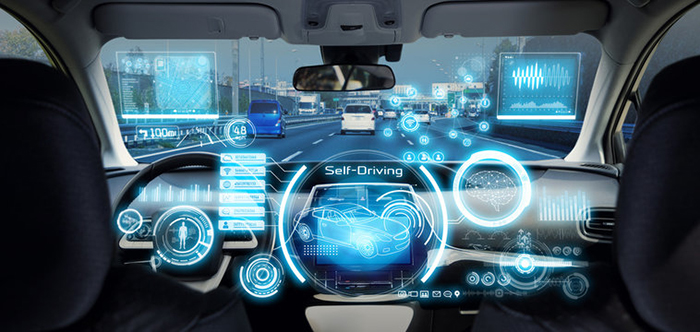Safety Features to Look Out For when Buying a Car

Most modern cars come equipped with an impressive range of features as standard. Gone are the days when luxuries like heated seats and parking sensors were expensive optional extras. While most cars now feature at least some impressive add-ons, it’s worth taking the time to thoroughly research the available options which range from highly desirable comforts to ‘must-have’ safety features.
When choosing a car, safety should always be a top priority. With advancements in technology and the increasing number of vehicles on the road, it makes sense to make use of at least some of the available safety features to ensure that you are protected in case of an accident. When buying a used car, an independent Car History Check will ensure you are fully informed of the cars previous history and allow you to make an informed choice in what you are potentially buying.
Here are eight must-have safety features to look out for when buying a car in 2023.
1) Automatic Emergency Braking (AEB)
Automatic Emergency Braking is a safety feature that helps prevent accidents by detecting obstacles in front of the car and automatically applying the brakes to avoid a collision. This technology uses sensors and cameras to detect pedestrians, other vehicles, and objects in the road, giving drivers more time to react to potential hazards.
2) Blind Spot Monitoring (BSM)
Blind Spot Monitoring is a safety feature that helps drivers avoid collisions when changing lanes. A BSM system uses sensors to detect vehicles in the blind spot and alerts the driver through a visual or auditory warning.
3) Lane Departure Warning (LDW)
Lane Departure Warning is a useful safety feature that helps drivers stay in the correct lane. The technology uses cameras to detect the markings on the road and warns the driver should they start to drift out of their lane. This can help avoid potential accidents caused by drifting into the path of another car or off the road completely.
4) Reversing Camera
A reversing camera helps drivers see what is behind their vehicle when reversing. The camera provides a clearer view of the area behind the car, making it easier for drivers to avoid hitting objects, pedestrians, or other vehicles, which may have otherwise been unseen.
5) Adaptive Cruise Control (ACC)
Adaptive Cruise Control is a modern safety feature that helps drivers maintain a safe distance from other vehicles on the road. It differs from traditional cruise control in that the system uses sensors to detect the distance between the car and the vehicle in front and adjusts the speed accordingly, hence the term ‘adaptive’. This can help prevent rear-end collisions caused by following too closely and failing to react to a hazard in front.
6) Automatic High Beams (AHB)
Automatic High Beams is a safety feature that helps drivers see better at night. The technology utilises built-in sensors to detect oncoming traffic and automatically adjusts the headlights to prevent blinding other drivers. This can improve visibility and reduce the risk of accidents caused by poor visibility.
7) Tyre Pressure Monitoring System (TPMS)
A Tyre Pressure Monitoring System is a safety feature that helps drivers maintain proper tyre pressure. The technology uses sensors to detect the pressure in each individual tyre and alerts the driver if the pressure drops below the correct level. This can help prevent accidents caused by underinflated tyres and helps to maintain the condition of your tyres over the lifetime of the vehicle by maintaining all four tyres at optimum and equal pressure.
8) Electronic Stability Control (ESC)
Electronic Stability Control is a safety feature that helps drivers maintain control of the car in difficult driving conditions and on challenging road surfaces. The technology uses sensors at each wheel to detect when the car is losing traction and applies the brakes to individual wheels to help the driver regain control. This can help prevent accidents caused by skidding or hydroplaning.
But, while safety should always be a top priority when buying a car, it’s a little about the creature comforts too! Since many extra features are added at the distribution stage, it’s worth doing some wheeling and dealing at the buying stage to see if you can get some options such as alloy wheels, an upgraded sound system or heated seats included in the purchase price.
The features above are just some of the many safety systems available for protecting drivers, passengers, and other road users. Make sure to look out for as many of these features as possible when buying a car to ensure you have the safest drive possible. When buying a used car, make sure to buy an independent Car History Check to make sure the mileage is correct and the car hasn’t been previously written off or damaged and possibly, badly repaired.
Author

Justin Kavanagh
Justin Kavanagh is a recognised leader
in automotive intelligence and vehicle
data supply to the entire motor industry.
He has almost 20 years experience in
building systems from the ground up.
As the Managing Director of Vehicle
Management System, he understands the
need and importance of trustworthy and
reliable vehicle history and advice to
both the trade and the public.
Follow me on LinkedIn